Matthew A. Eller: Currently I am sitting with the very elusive street artist ROA. For people who don’t know who you are, please give us a brief intro!
ROA: Well, I’m ROA <laughing> and I’m an artist. I live currently, and I’m originally from Belgium.
Matthew A. Eller: Well, you’re not just an artist, you’re a muralist.
ROA: Yeah, I’m a muralist and an artist. I think an artist can be everything. That’s the great thing about the word “artist” that it just described what it should describe. You’re an artist, but as an artist, I specialize in yes, painting walls… small walls, big walls, any walls outdoors. And on the other hand, I’m also a fine artist that creates gallery pieces. I make drawings and do whatever I want to do.
Matthew A. Eller: But, in particular, you work with animals as your subjects. And your gift is that you can look at a wall, or nature, or whatever it is, and you can make it work?
ROA: Yeah! I think a mural is always a combination, like almost a duet, between the mural and whatever you paint it on, and the architecture of the wall itself. So the wall tells me a big part of what’s possible or not, or can happen or not. And yeah, that’s a big part of it. And then additionally, I try to paint exclusively local species of animals. So when I’m in America, I know I’m not going to paint elephants. It’s going to be something that is relevant to the place, and in the way that the animal actually lives in that place.
Matthew A. Eller: And that’s a stylistic choice because you want it to be as close to reality as possible, or is there another thought process behind it?
ROA: A lot of these things developed very organic. I created my own rules for myself way back in the beginning when I first started painting murals. It’s logical if you wanna say you’re an artist and “Oh, I gotta paint an animal!” So you end up painting the ones that are most spectacular like a lion, or a rhino, or a giant hawk… but I realized that was lame. One of my first rules was to try to think about all the coolest animals commonly used and not paint those, but do the other ones instead. Maybe paint the animals that are forgotten, or paint the animals that are the less loved ones. I don’t paint a lot of say dogs and cats, or people’s pets. But always something that is local to the environment.
Matthew A. Eller: Is your choice to exclusively paint animals a commentary on animal rights, or is it just an overall concern for the earth?
ROA: Yeah, totally! I do care about the planet a lot. It’s a combination of both. I see my work in a way like a celebration of the diversity of life. And on the other hand, maybe something more as a statue for a fallen soldier, a reminder of what we are losing. I think by painting animals you can tell more about humans and the time we live in, more than just by painting humans for instance. So it’s all of these, it is everything… but then again, it’s also nothing. In a way that it’s just a squirrel, right? A squirrel sitting on the fucking corner of a building. I’m not the guy that’s writes “save the whales” on a wall. I think when you create something with a hook, people get involved and start asking themselves the questions, why the fuck a whale? Or why is there a squirrel painted there? I think it’s more important to create a hook and make people think then try to tell people what to think.
Matthew A. Eller: And everyone loves animals, right?
ROA: We are animals. So the connection with some other living creature with two eyes and two ears… it’s part of our nature.
Matthew A. Eller: But your murals in particular, at least the ones that I’ve seen, you watch people sitting there debating what kind of animal it actually is. “It’s a rat. No, it’s a raccoon. No, it’s squirrel. No, that’s a lemer” or whatever.
ROA: Exactly but for some people it’s all rats because they have hair I guess. I don’t know why, but they always think its a rat! So much is in the eye of the beholder. A long time ago I did a wall in Rochester and I had two sleeping bears and yeah, they became the “69ing rats”, and there was nothing I could do about it except laugh at it.
Matthew A. Eller: Did it stay up?
ROA: It did indeed stay up. Even the news came out to cover it.
Matthew A. Eller: That’s hilarious!
ROA: I think if you know even a little bit about sexual poses then you can see they’re clearly not in a 69 position. But for a surprising amount of people they were.
Matthew A. Eller: It’s hard to explain but for people that haven’t seen your work, or have no idea how hard it is to paint a mural, they’re very big pieces usually. Giant walls, giant buildings, huge round silos, etc. And from what I understand, you do this all freehand. You don’t use projectors or anything?
ROA: I Just see the space and just do it. There’s no tricks. There’s no projectors. No apps, and no grids. What you do have is a building that has its unique architectural features. So by looking at the building you have to understand where the middle of the building is, or where the side begins to go around the corner, and so on.
Matthew A. Eller: You make it sound so logical and easy. But you have to understand that what you have is actually a gift that most people cannot imagine being able to do. Watching you paint is pretty incredible because other people have to do this crazy amount of prep to get even close to painting a wall with proper proportions. And you’re just like, “Oh, I’ll just start painting and here we go its perfect”. There has to be some sort of method to your painting? Do you start from the bottom and work your way up? Is it all about starting at the center and working out from there?
ROA: No… the best thing is to start with something as a reference point and you go from there. For instance, when I paint an animal, a lot of times I will start by imagining the curve of the spine because that’s one big line. And once I have that in the right proportion I can kind of understand how big the legs are going to be. And then when I have the legs in proportion, I can kind of see how fat it should be. And then when I have that in proportion, I kind of kind of see how big the head should be… and you go from there. But imagine if you would start with a head and then try to add a spine.… the head might be too big for the wall, right? So there is methods I use, but if you do multiple animals, that whole rule book changes. Plus, I like to paint with a roller stick. Even if I paint with a lift I still will put a roller on extension stick. Because I can make these magnificent longer lines. I need this extension of my arm to be able to do that. Just imagine painting the curve of a giant spine. It’s so important to have that reach to achieve one long line in one stroke while not being too close to the wall.
Matthew A. Eller: I’m just saying I’ve photographed hundreds of people paint murals in my life and very few can go free hand, especially on such large scale.
ROA: Well the thing is I am passionate and obsessed with the medium of painting and just being able to paint. So I want to keep on learning to paint even better. In the beginning, I wanted to paint more, bigger, better walls. It was not just like, put my shit on a wall, and repeat my shit again on another wall. Why am I able to make each wall different and better? Simply, I wanted to do it, and I made myself believe that I could do it. You have to start with one wall, and you go to a second, and third, and just keep going. So in the beginning there’s no practice. The first wall you do with a stick on a roller, that’s your first wall with a stick and roller. There’s always a first for everything when you are always a student.
Matthew A. Eller: I’m not going to lie I didn’t know how many murals you had actually painted until I saw your book “Codex”. I was reviewing it with my wife this morning. It just blows my mind to see the hundreds of walls you have painted all over the world. The book is over 250 pages and there is maybe 20 pages of text in it, and none of the murals are repeats. And I’m pretty sure this is not even all of them!
ROA: No, not even close… It’s kind of the best of ROA. Yeah, no repeats, no zoom ins or outs, just murals.
Matthew A. Eller: OK, so there’s one page that blows my mind. It’s an eight panel time lapse of a dead animal decomposing.You painted each stage of decomposition in the exact same spot. So how long did this take? Why did this happen?
ROA: Yeah, I think I did a few of these just before I became known as ROA. I painted a long time even before I became ROA, before I painted animals on walls. That’s not the point, but there was this moment when it all started to click, when I found my inner ROA!
Matthew A. Eller: Like your superhero identity!
ROA: Yeah exactly! When it clicked, when I realized that with black and white, and edging, and not painting in the same way as others, and choosing interesting animals. And when that all came together, that gave me so much inspiration. And I also realized that I didn’t want to do it, I needed to do it. So I went out painting every day, for years I painted at least one piece every single day.
Matthew A. Eller: People don’t believe I take hundreds and sometimes thousands of photos in a day. And a lot of those are defiantly not my best photos… but you do it every day, and you get better. It becomes second nature or habit.
ROA: Yes, and this is definitely something I did during this period. Painting at least one mural a day. But the mural you are asking about with the eight versions I painted all eight of them in one day. If you look at the photos the light would change across the piece as I painted.
Matthew A. Eller: So you did all eight of those in a day consecutively! I mean they’re a pretty big piece. It’s just fascinating to see that you could not just know the anatomy to do one of them, but to do all eight of them. What was the preparation like? It might take you one day to paint, but how long did it take you to prepare for that one day?
ROA: Not long. Because that’s the thing too, When I do a wall, I mostly don’t have a sketch, and when I have a printout of the animals, they are rarely in the position I’m going to paint them. So I need the picture of say a raccoon to remind of the details and proportions. But on the other hand, the raccoon will be maybe walking and I put it in on it’s back with its tail up or something. So I don’t copy photos. Instead, I look to proportion because animals are all so specific just by their proportions.
Matthew A. Eller: Plus, you choose very “odd” animals as much as possible as well?
ROA: Exactly, So the proportions are very important, or it’s just going to look weird. And, of course not only the proportions but also the spirit of the animal. So it’s a combination. I’m painting something, right. But I’m also not a naturalist in a way that I paint something to realism. My animals are my versions of that animal. So they don’t need to be a hundred percent correct, but they need to be that animal. Right <Laughs>?
Matthew A. Eller: So do you use reference photos you take yourself or are they from the internet, library books?
ROA: A lot of times internet, there’s not enough time to take the photos myself, because this is the thing, I get somewhere, and I get inspired by the wall right then. That means I didn’t do my homework at all. I need to start right away getting everything together. So most of the time I use the internet.
Matthew A. Eller: Also, I was wondering, do you have an anatomy background or some sort of taxidermy background? You just seem so comfortable with very sophisticated anatomical models.
ROA: No, I went to art school a little bit, and then I went to the school of life <Laughing>. But, I always had an interest in animals, and fauna, and I was always interested in anatomy, too. As a kid, I had a small collection of skull at some point. I had a lot of collections actually <Laughing>.
Matthew A. Eller: I know I’m asking a lot about your process and anatomy but when people see your book they will immediately understand how important it is to your work, and one of the large reasons your work is so prolific. “Codex” seems to include a mural of every animal you have never heard of. Some are serious, some are silly…
ROA: They can be all kinds! The subject just needs to be interesting.
Matthew A. Eller: Your process reminds me of a little bit of a street photographer because when you get somewhere you have to work with what you’re given, the lighting, the shadows, the obstacles… You have to deal with that particular situation.
ROA: That’s what it is! And also the time you have to complete all this stuff. Because you might only have a day, right? You might be on the flight in two days. So you better get it finished fast. And then maybe you finish it and the light sucks. So you cannot even take a proper photo! And your off to the next one…
Matthew A. Eller: For instance some times there are inconsistencies in the wall, maybe a large chip of cement, or a frame from an old advertisement that’s empty. You seem to always use that to your advantage. You might put the animal’s skeleton in the frame. It’s always something really clever, and I think that’s why people get their attention grabbed initially viewing a lot of your murals.
ROA: Well I don’t know if we can call it clever, but it’s definitely a unique tactic. It’s not a canvas you bought in the shop to paint with four corners, or with a certain standard dimension. It has its problem. So you can dance around the problems, or you can use the problems and make a unique piece of art out of it. Every situation has that, and it can also not be considered a gimmick because that mural can really only happen in that one place in the world on that particular wall. It doesn’t happen a lot, but sometimes I paint the wall and then later I look back at the photo and I think “you dummy, you could have done this or that on that wall, and you didn’t!” You learn from it and you remember for the the next wall. It’s an organic thing too, you need to believe that everything happens for a reason, and for the right reason in that way.
Matthew A. Eller: Well speaking of four corners of a frame. Let’s discuss this gallery opening at Krause Gallery entitled “In Limbo” Thursday, October 20, 2022 in NYC. The irony is that you don’t use canvases, at least not what you would traditionally call a canvas. You source your materials when you get to the location where you’re presenting?
ROA: Yes, indeed, the way I work is I get somewhere and it’s a little bit like using the local animals. I like to look for local material to paint on in the place where, or at least in the country where I’m going to exhibit. And that creates a very unique product. You have only that material you find. I get inspired by two things. If I put them together, they become maybe a third thing, and if you add something to it… and so on. But if you need another one, you won’t find one because they’re one of a kind.
Matthew A. Eller: And for people to understand we’re not just talking about finding a piece of cardboard and painting on it. He’s taking pieces of wood from different desks and furniture, and putting these random hinges together to open and close different pieces revealing new images in all directions. Not just interactive, it’s multiple art pieces in one. How strict are you with it has to be found? Is literally every hinge found from thing, or do you buy from a Hardware store?
ROA: I sometimes buy stuff now. So I’ll take two steps back. So at some point I was doing these walls, these abandoned factories, I was painting these “ROA’s”. I was traveling to different places around the world, not so much because I was making lots of money, I was actually paying for lots of the murals myself, and I wasn’t rich. But I came to New York, bought paints, and started painting a squirrel. And at some point while I was painting certain people start asking me to do exhibitions, but I never thought about being a gallery artist really.
Matthew A. Eller: You have never even released a print, right?
No, I have not actually. I never thought about it. I knew that I was going to travel the world. I was going to paint walls, but I didn’t think about making money from it. It was very free and very honest, but then I started asking myself questions like, “how can I make something similar to the way I paint my murals. Something in a gallery that works because of the background, the situation”. I tried some artificial backgrounds and it just didn’t work. And at that point, I visited one of my most loved sketchbooks, which was actually a gigantic abandoned factory that was starting to be demolished. So I just took shit from the factory that I needed, and then put it together and, and it just made sense.
Matthew A. Eller: And you have no background as a carpenter or anything like that?
ROA: No… Well… that’s the thing. I don’t have a background. I just dropped out of space at some point <Laughing>. But no, I don’t have a background in it. But I always was good at puzzles I guess. I like putting two and two together and making three out of it. But with my gallery pieces it’s some trial and error. You can imagine the first one was not the last one.
Matthew A. Eller: You also work in an incredibly efficient manner. You design, source, and build all your pieces starting just a couple weeks before the show opening. Some artists can work for years for a gallery show.
ROA: Yeah, that’s correct. I’m not a real gallery artist. No, that’s wrong. I’m not a real studio artist. That’s what I wanted to say. I never had a studio in my life. I now have one but it is not actually usable at the moment because of a recent move.
Matthew A. Eller: You’re the only artist who can do a giant mural free hand with basically no planning, who never had a studio, who doesn’t have social media, who has never released a print, and rarely does gallery shows where every piece is one of a kind, and turned down every brand for collaborations. You’re a very rare breed. It’s fascinating to me. Honestly, I feel very lucky that you sat down to talk. So thank you for chatting with me with only a couple days left to finish your pieces for your upcoming solo show “In Limbo”. Some pieces are on metal, some pieces are on wood which are interactive…
ROA: Yes it’s a small show, but it’s a great one <Laughter>! Also it’s so good to be back in New York, man I missed it here. It was such a pleasure walking around the East Village this week : )
Matthew A. Eller: And that corresponds with your notion of using and representing the environment you are actually experiencing for your gallery pieces. I feel like this is the type of show that you should spend a half hour walking around the neighborhood before after you view it.
ROA: It is, it’s definitely is. It’s a nice little show. It’s not a gigantic show, but they are some really special pieces you need to see in person to fully enjoy.
Okay, so last question. Any sort of funny or interesting story when you were out painting you can share?
Oh, there are a lot of stories like that. I can tell stories about crazy shit like when the cops pull guns on me, or I can tell stories about being in jail, but I think one of the funniest ones was not about anything dangerous like that. It’s more about how funny it was. Once while I was in London, over ten years ago, and one of my techniques that I did a lot when I was in a city was to just talk to people, talk to people about their walls. You can come back at night and hit it fast, or you can just ask them like, “Yo, I’m this guy. I paint animals. Can I paint an animal on your wall?” <Laughing> Sometimes it works, sometimes it doesn’t. But I did this technique a lot, that’s for sure. So I found this wall. It was a really wrecked wall in London. I ring their bell and some guy opens up the top window and sticks his head out. I think he was stoned or just woke up after a serious binge or something. I’m like, “Yo, I’m an artist. Can I paint you wall?” And he’s like, “Yeah, paint it!” So now I had permission. So I’m trying to source a ladder, getting my paint, and by the time everything comes together, it’s evening, and I start to paint. It was a large squirrel I believe. So I’m on my ladder painting this squirrel, blah, blah, blah with my long stick, and suddenly this crazy guy with a long metal bar is in the street, starting to smash every car’s windshield one after another. He’s coming from far down the street, but he’s moving towards me quickly. He finally gets to me and I bullshit with him a bit and he eventually goes away. So nothing really happens to me, but five minutes later the whole street is full of cop cars. Of course all the car alarms are still going off up and down the block, and I’m up on my ladder quietly finishing my squirrel. Blue lights are everywhere. I’m like, “What I’m gonna do? Do I stop painting”? So I just keep painting while they are towing all the cars etc. and eventually one of the cops looks to me with a nasty grin and asks “What the are you doing???” And I’m like “I’m painting a squirrel!” He and his partner step behind me and take a look at the partially finished mural and say “Oh yeah, that’s a big squirrel” and they left. Well it’s not the best story but it was funny at the time <Laughing>!
Matthew A. Eller: Any last thought since I went over on time as usual??
Yes! My book Codex which will be available for the first time signed at Krause Gallery during my solo show ”In Limbo” and on their website. It is a book that is maybe two years old now, but it’s kind of brand new because it was released during Covid and did not get proper exposure. So we wanted to treat my show “In Limbo” also as a proper book launch event for Codex. I hope to see everyone there. I am so excited to be in New York City and to show all of you my new work.
Krause Gallery, New York City, in conjunction with Vertical Gallery, Chicago, is thrilled to announce “In Limbo” from renowned artist ROA’s latest New York City show since 2015. A limited number of signed books will also be available at the gallery and online. Show opens Thursday, October 20th, at Krause Gallery. Artist Reception 5-8pm.
Krause Gallery – 149 Orchard Street, New York, NY 10002
All Photo’s & Text Copyright 2022 Matthew A. Eller. Follow me on Instagram @elleresqphoto

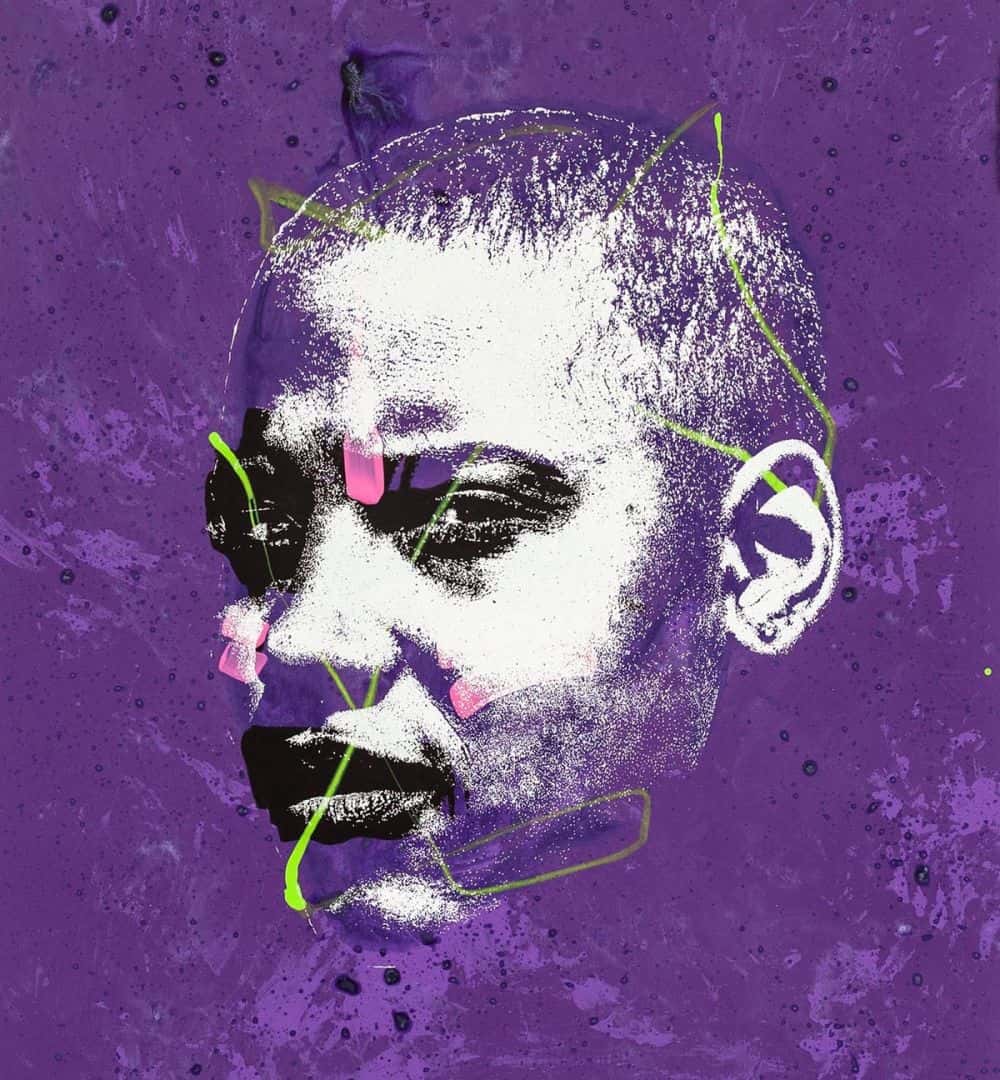
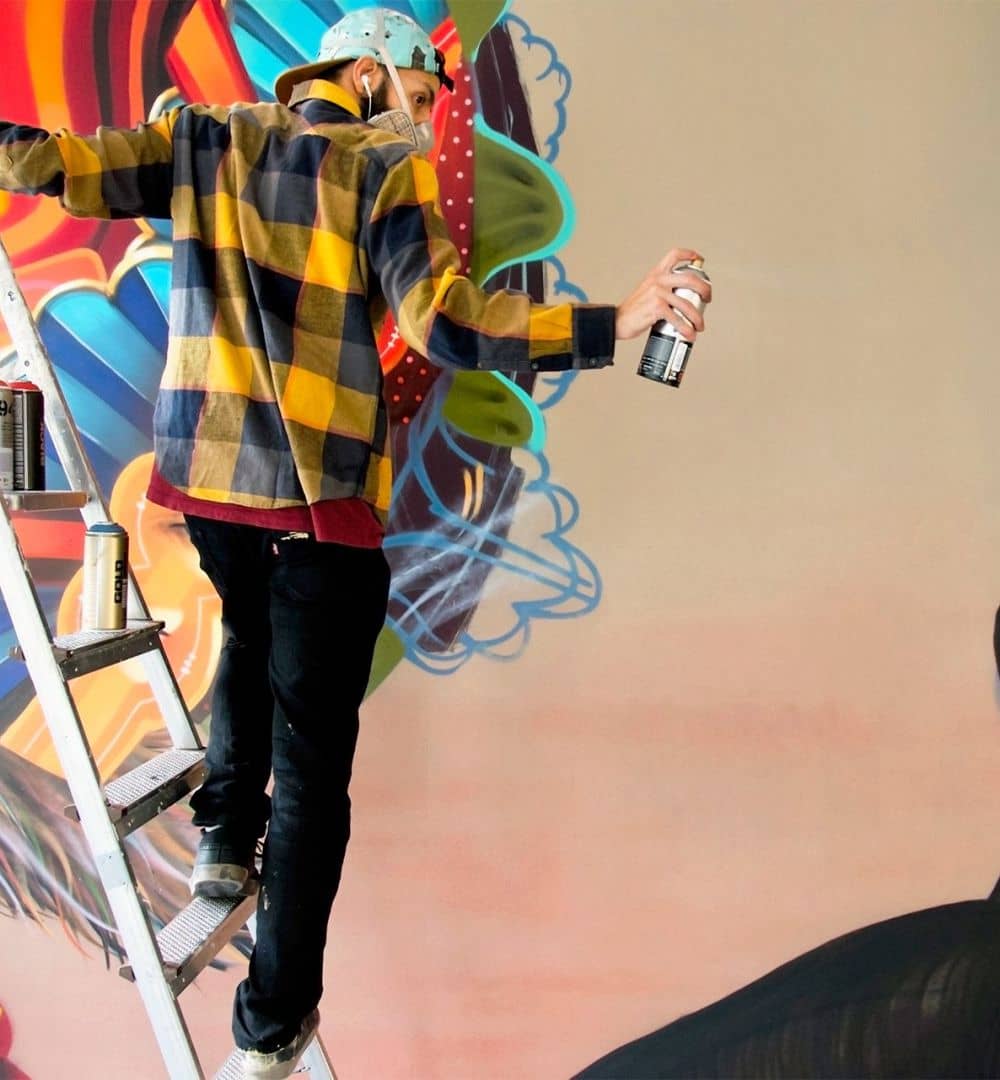
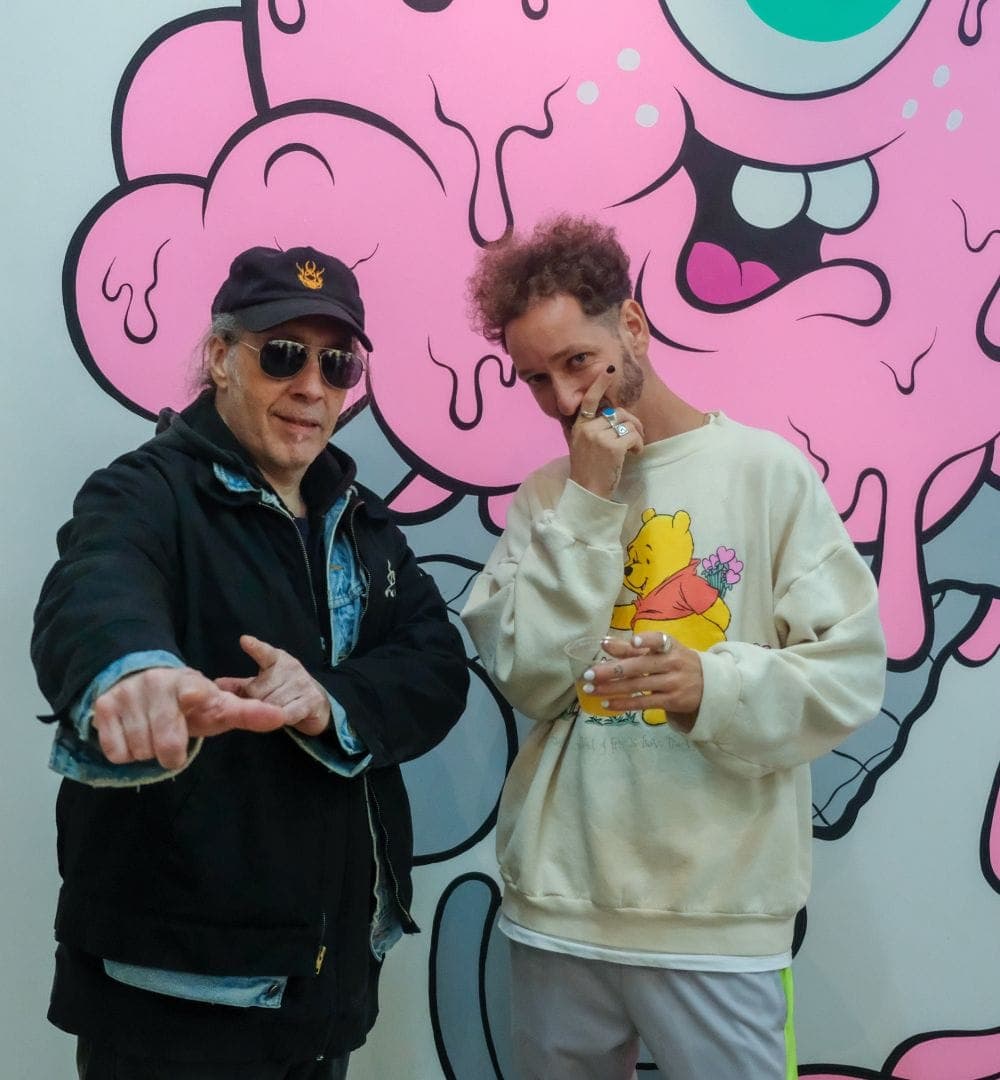
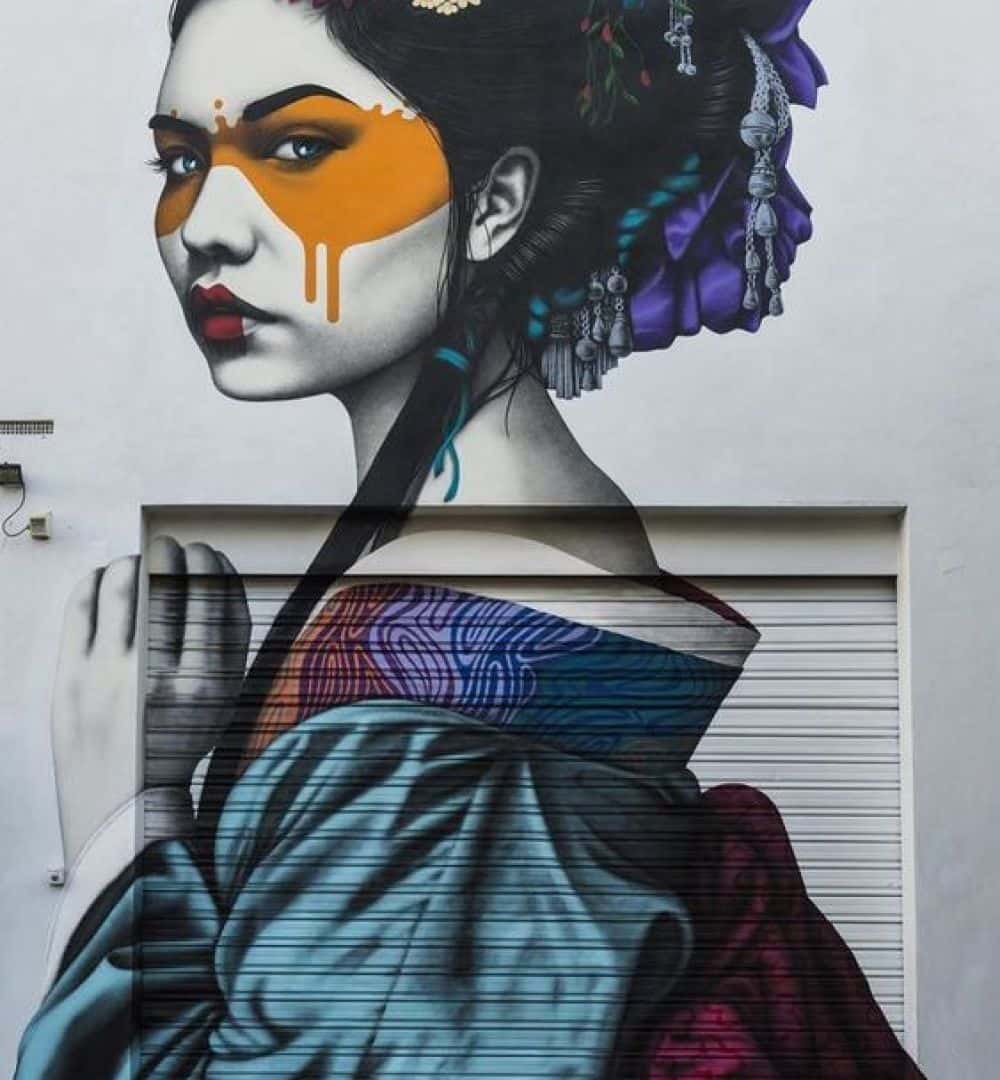

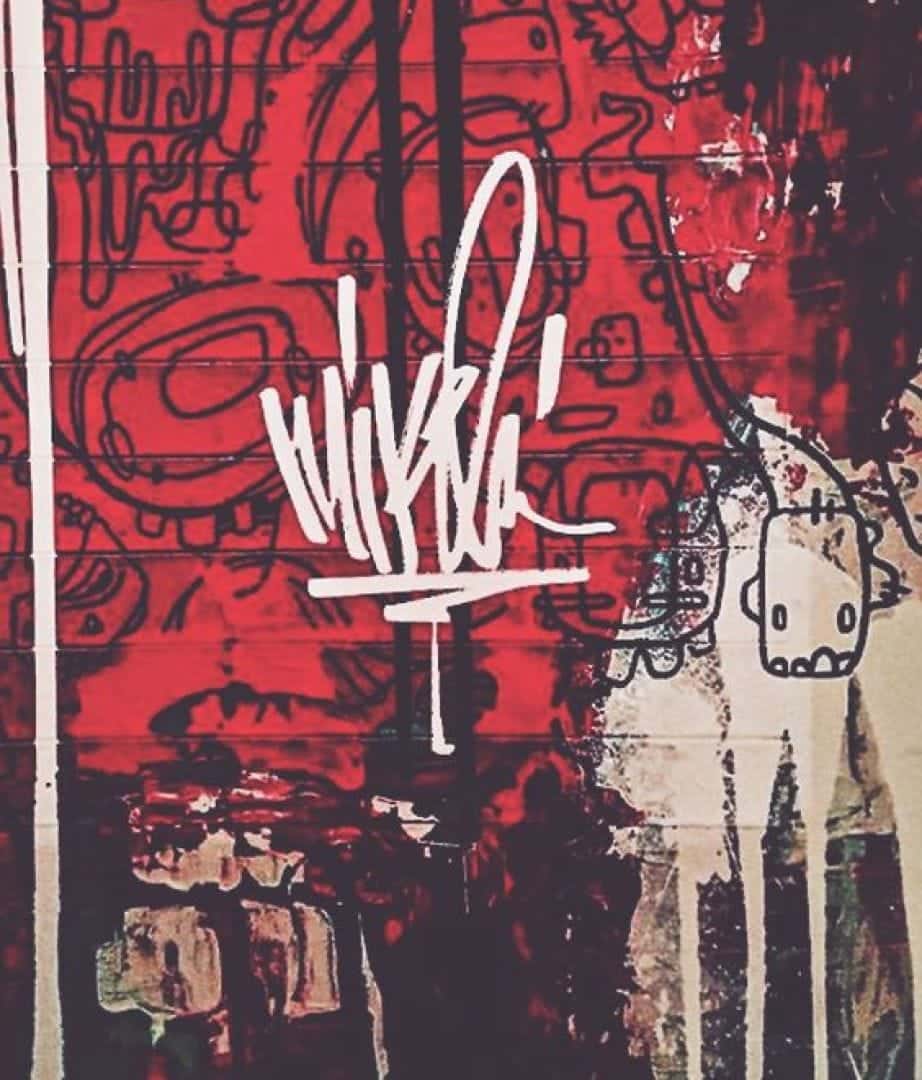
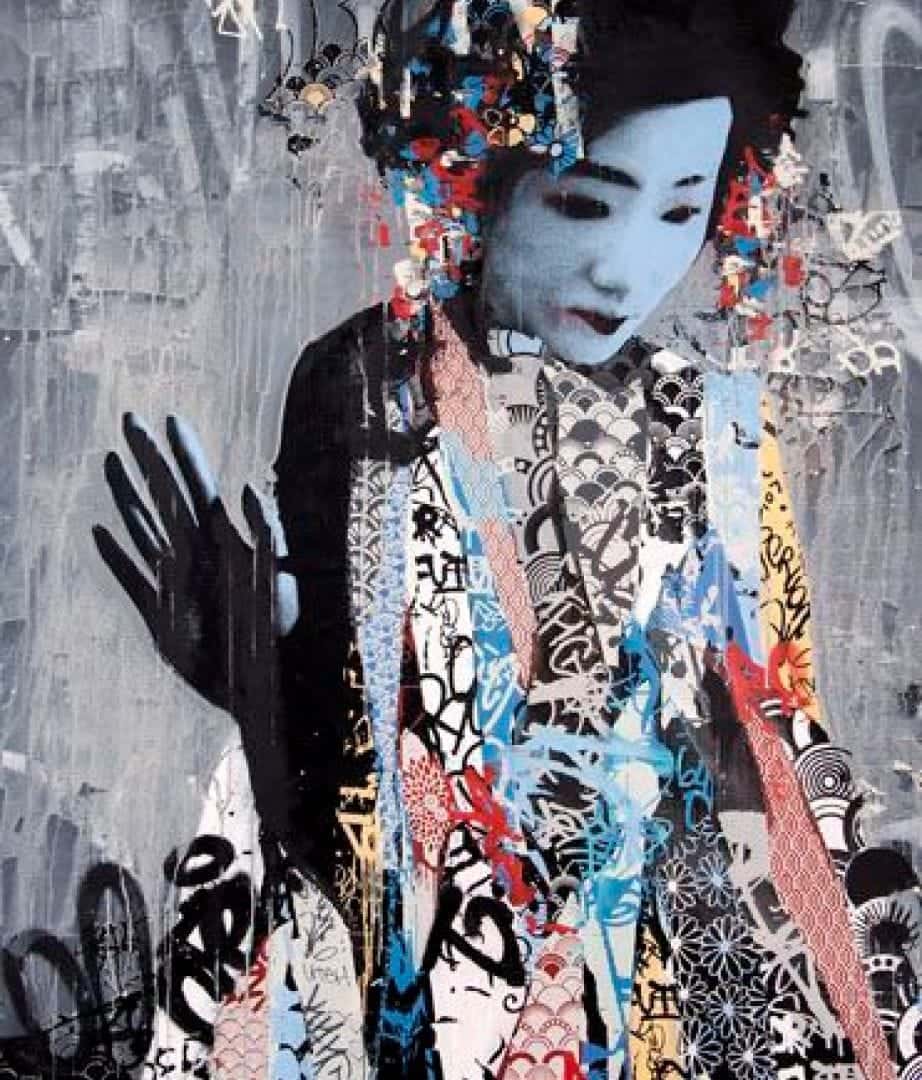
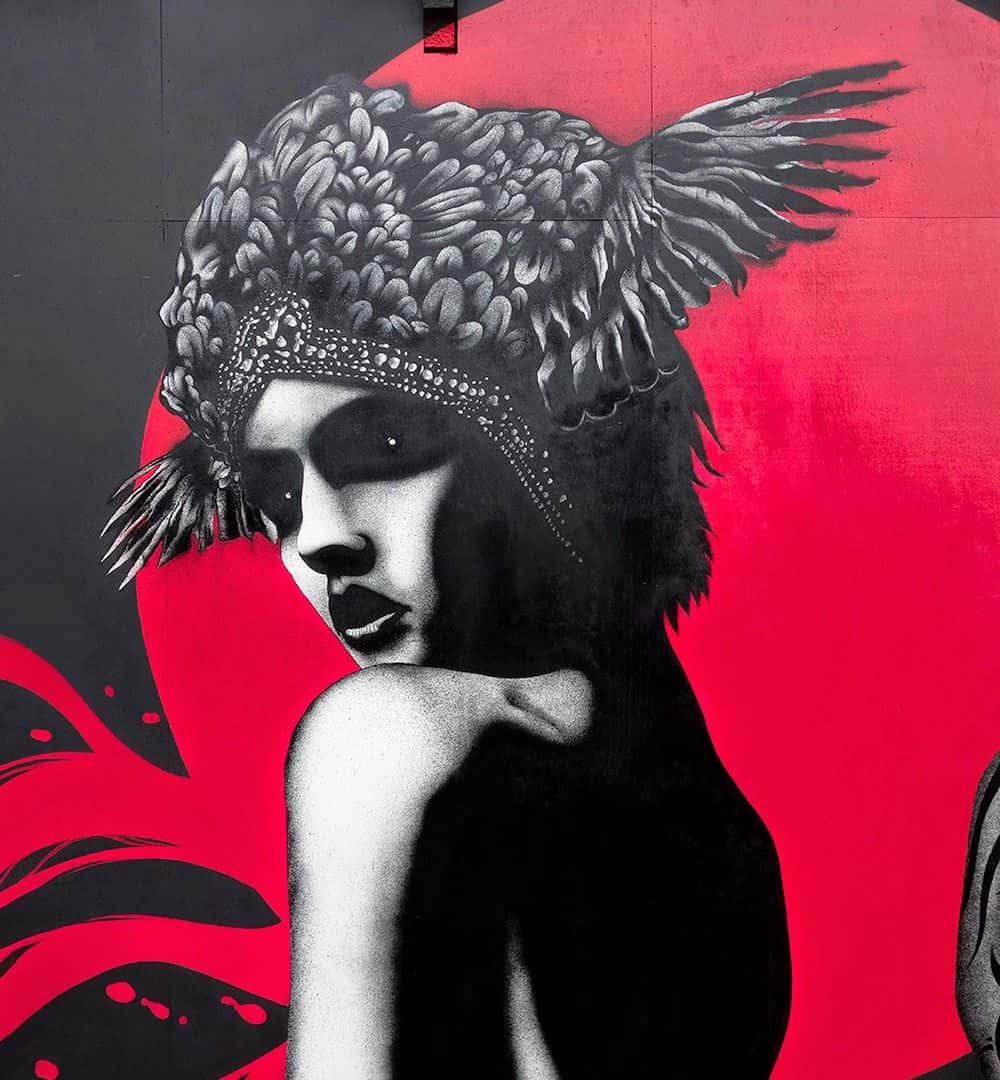
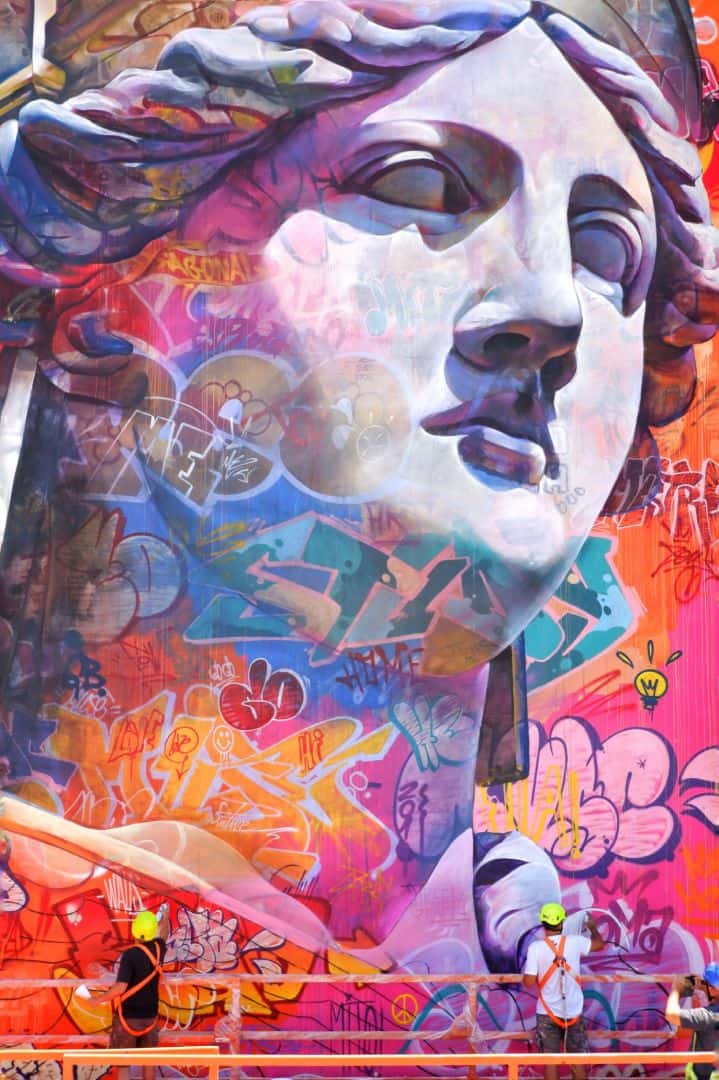


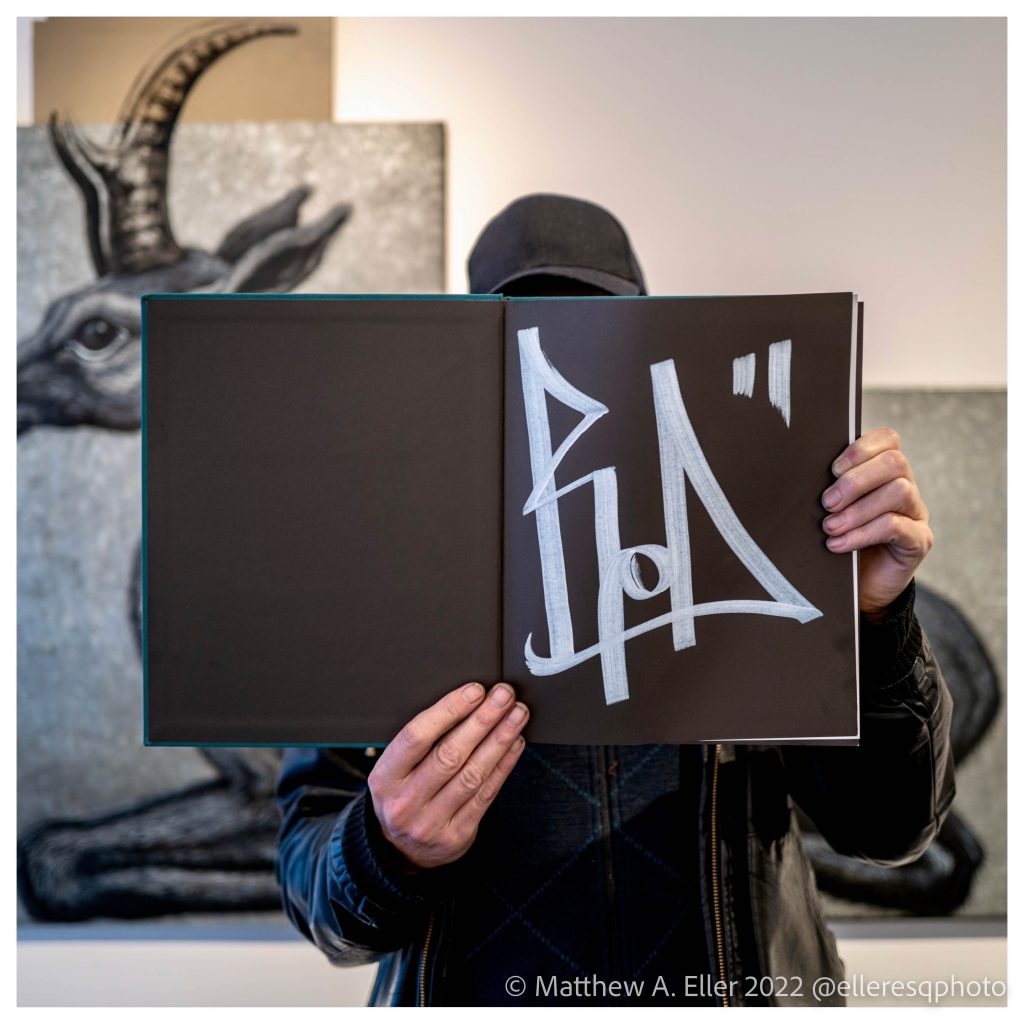
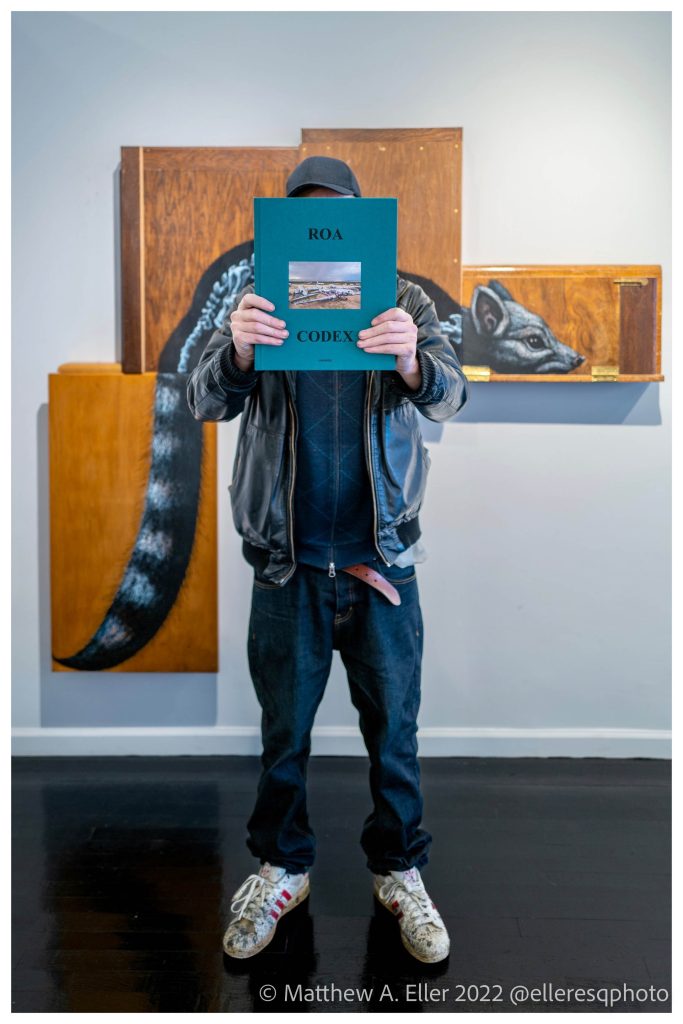
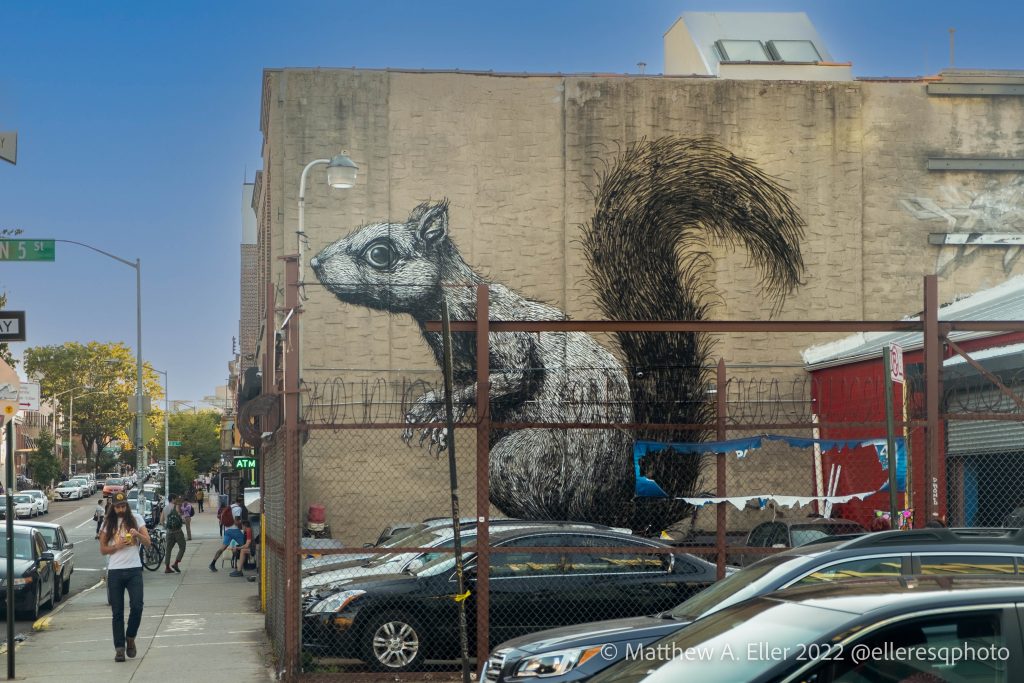
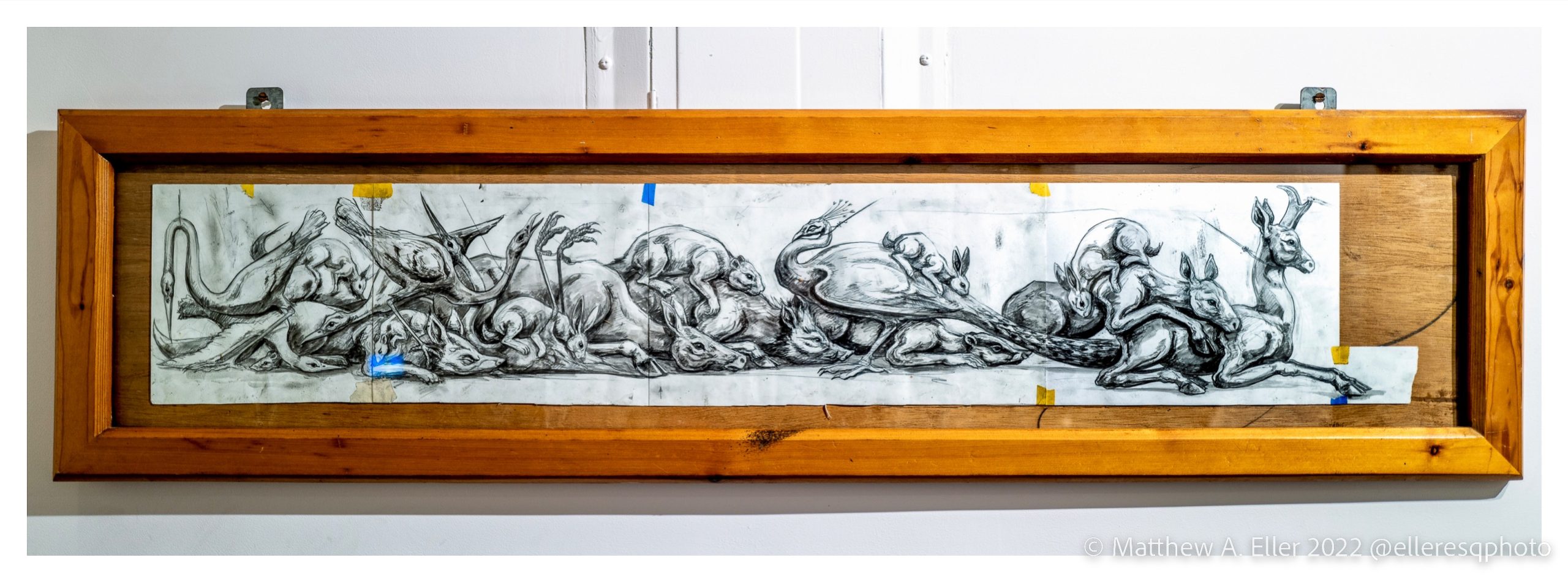
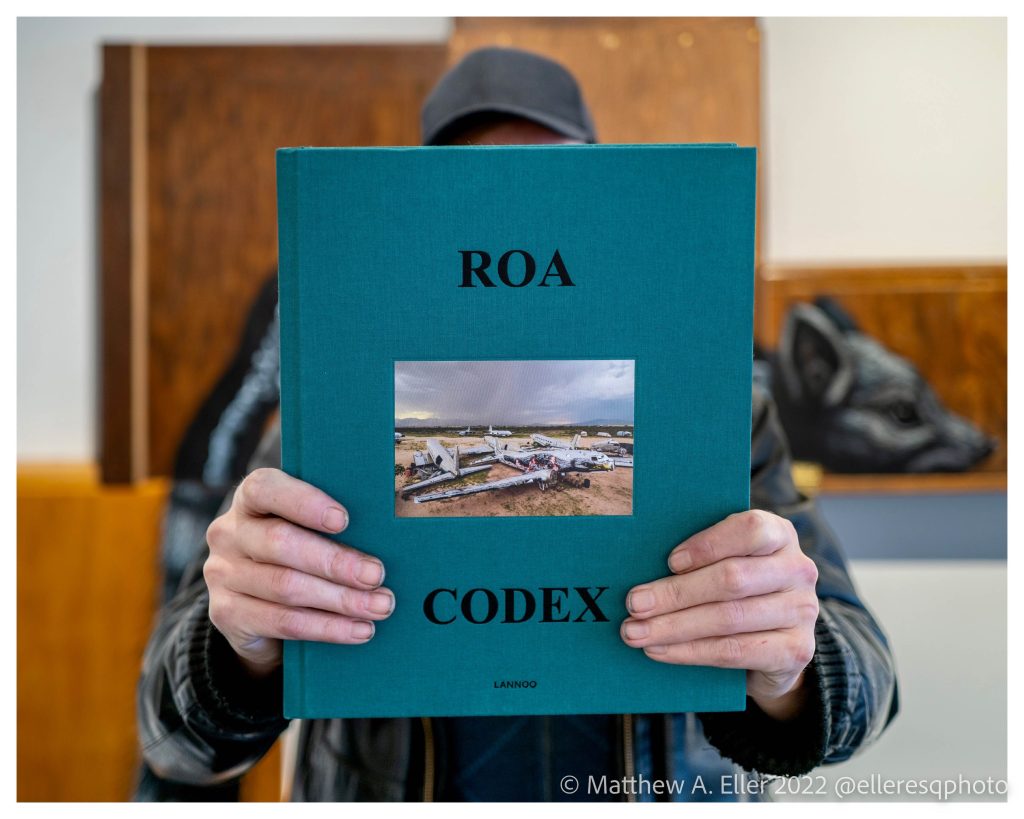
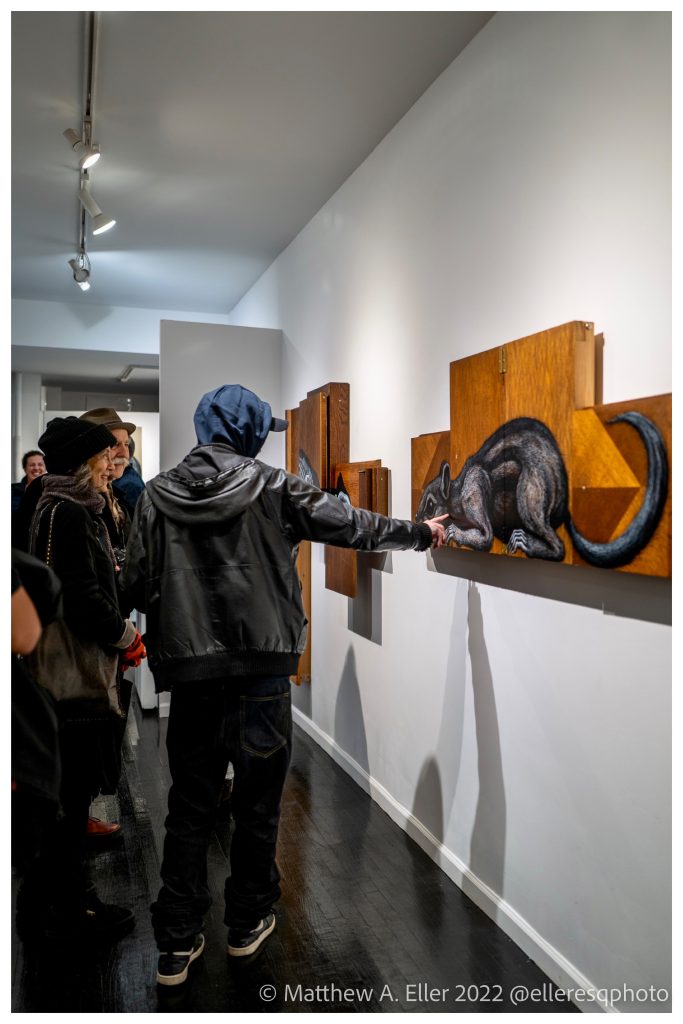
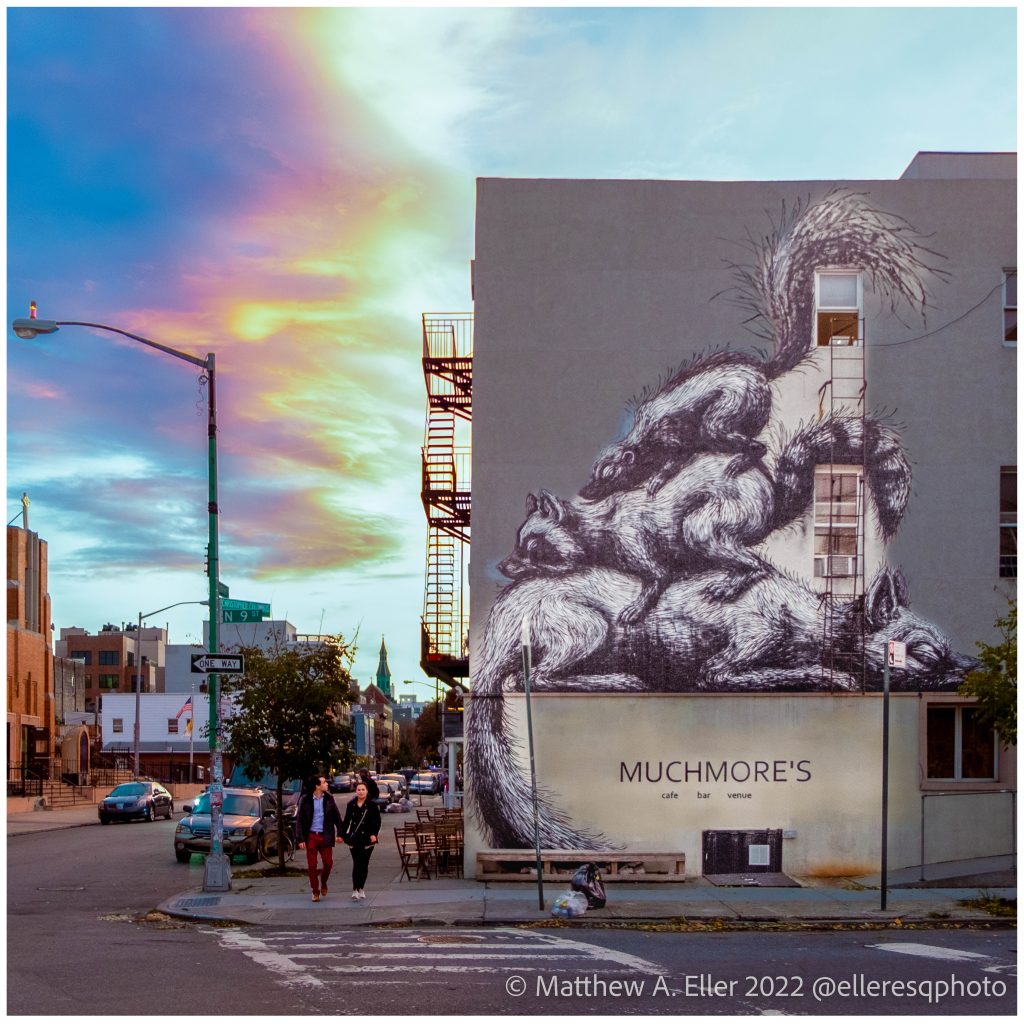
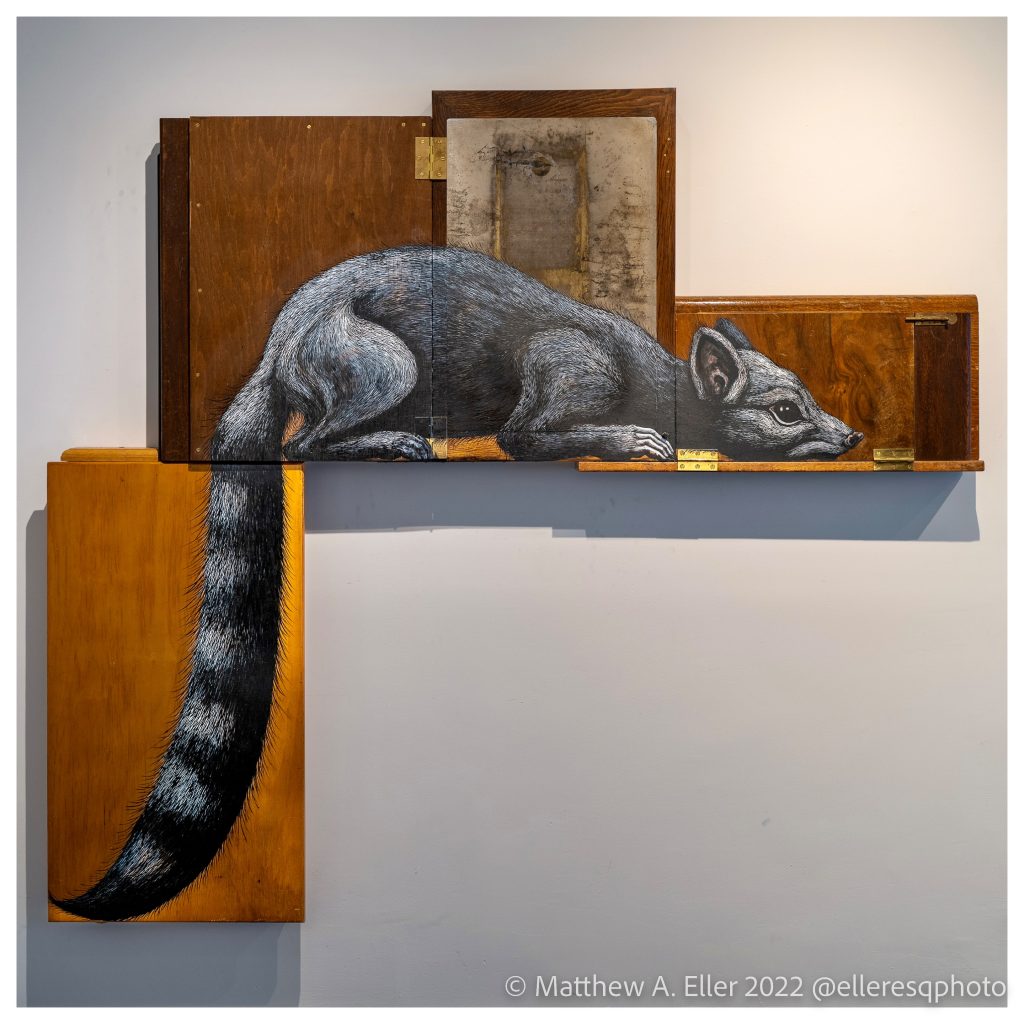
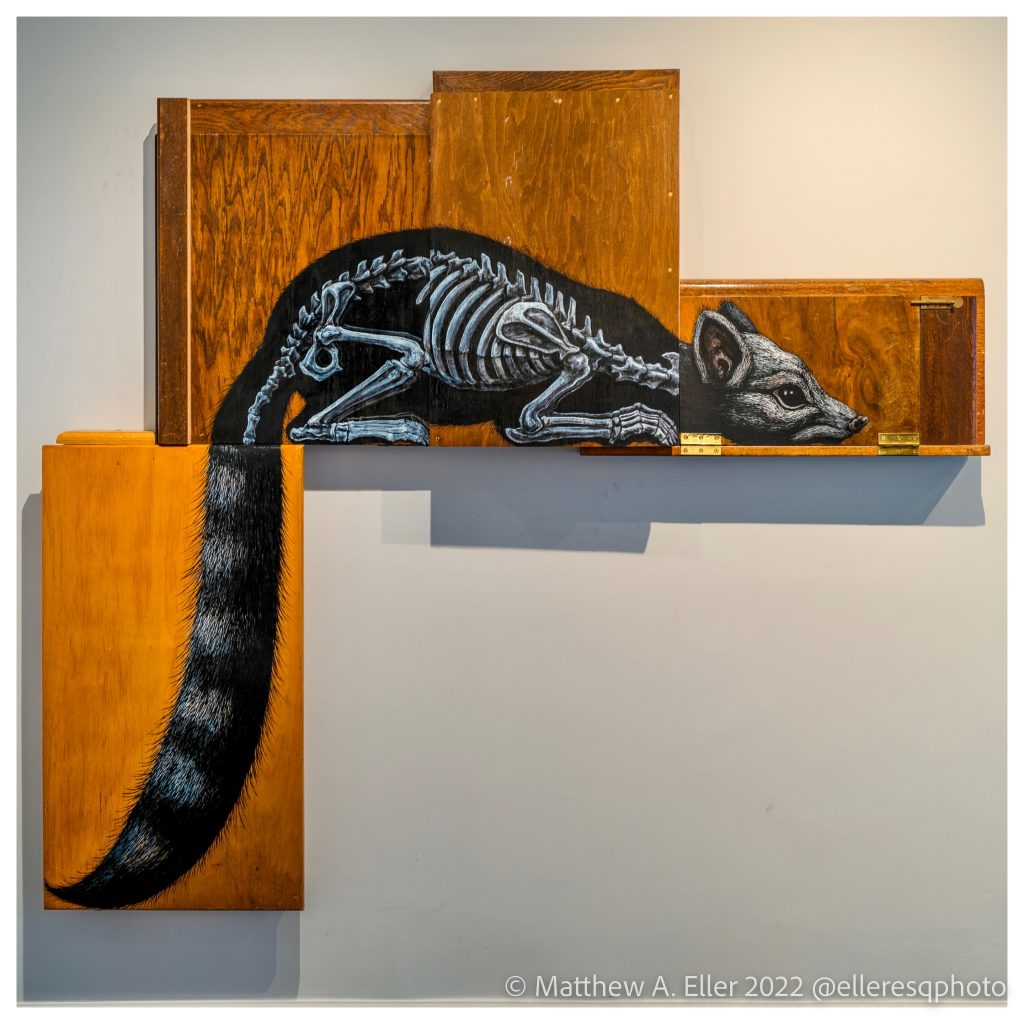
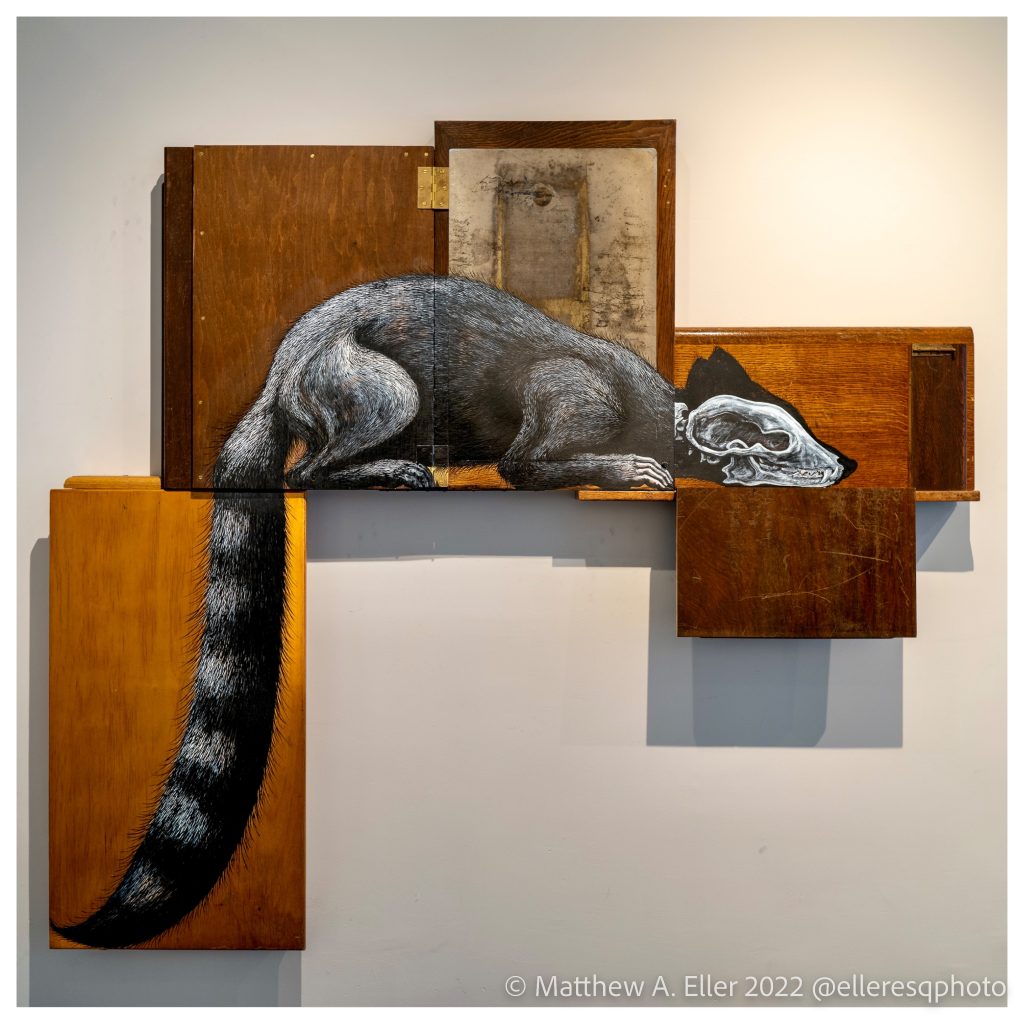
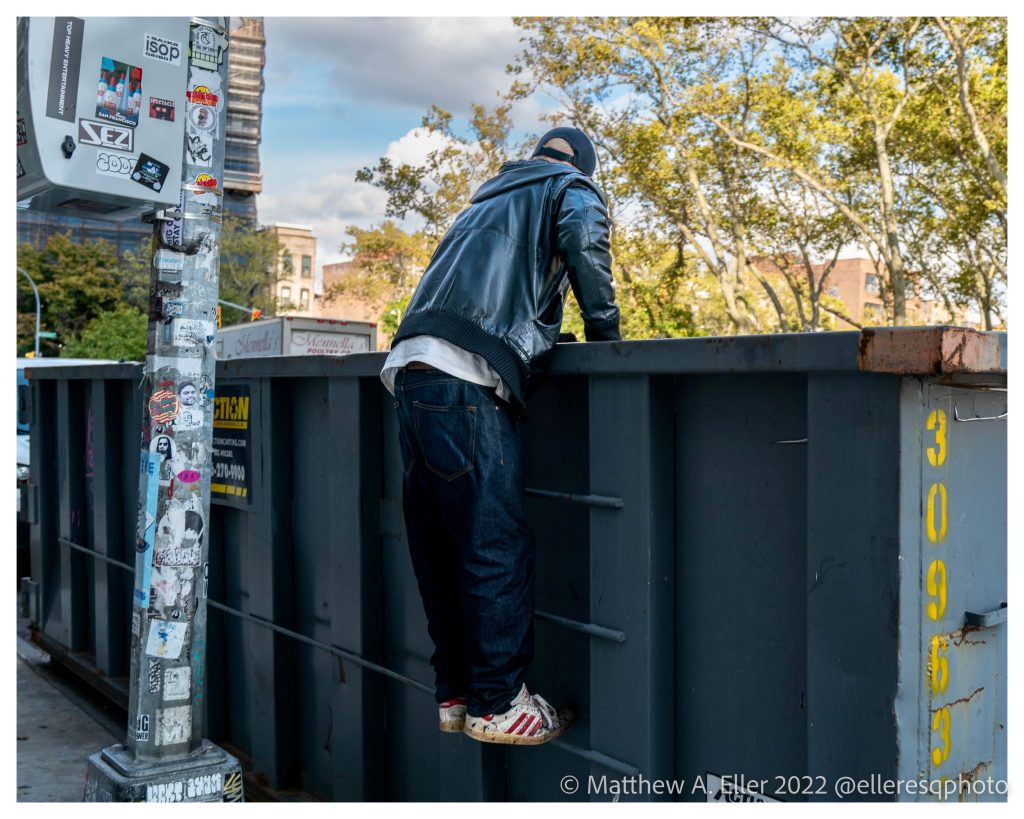
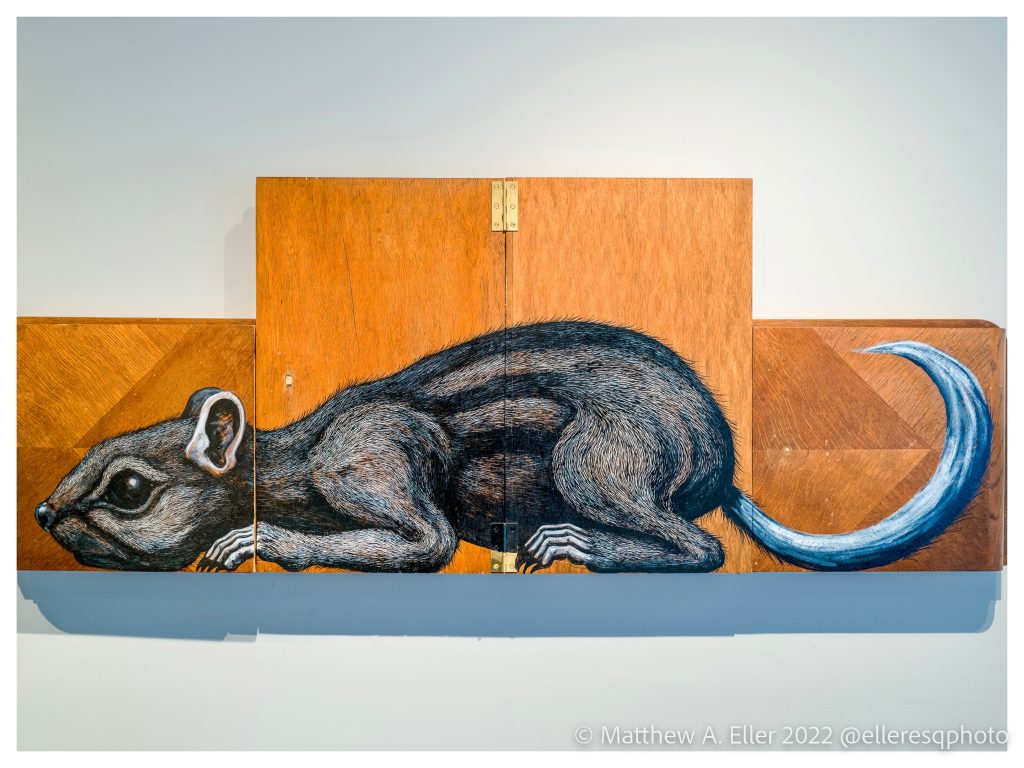
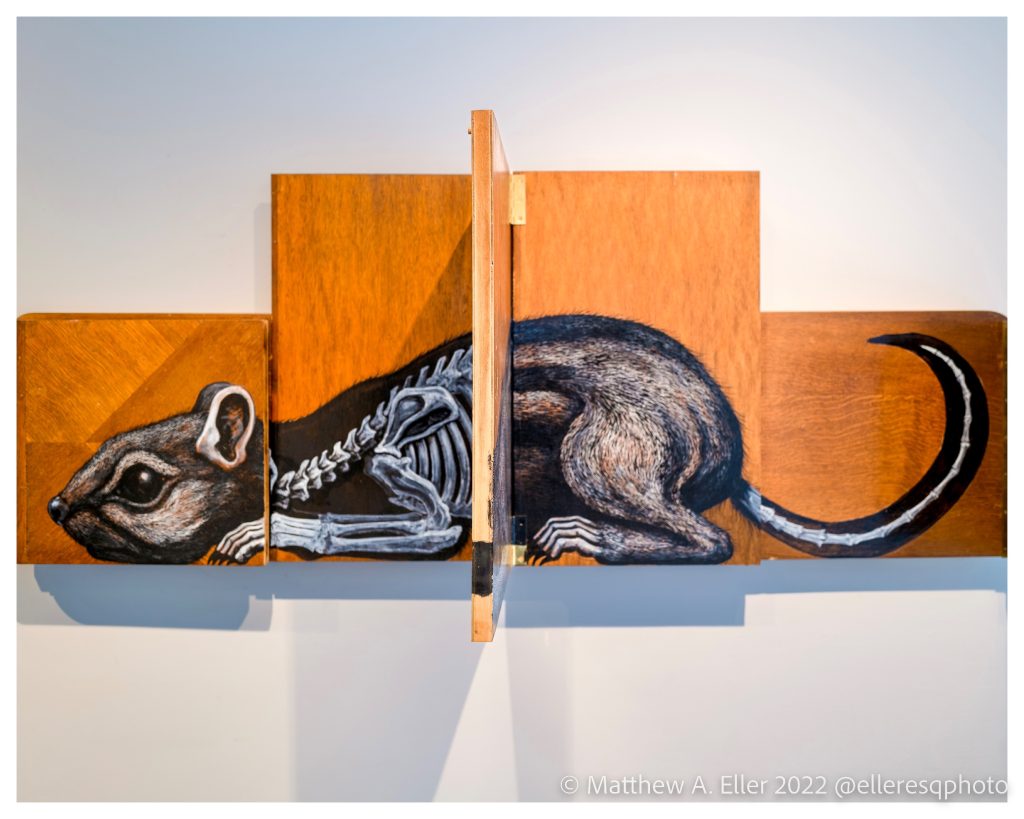
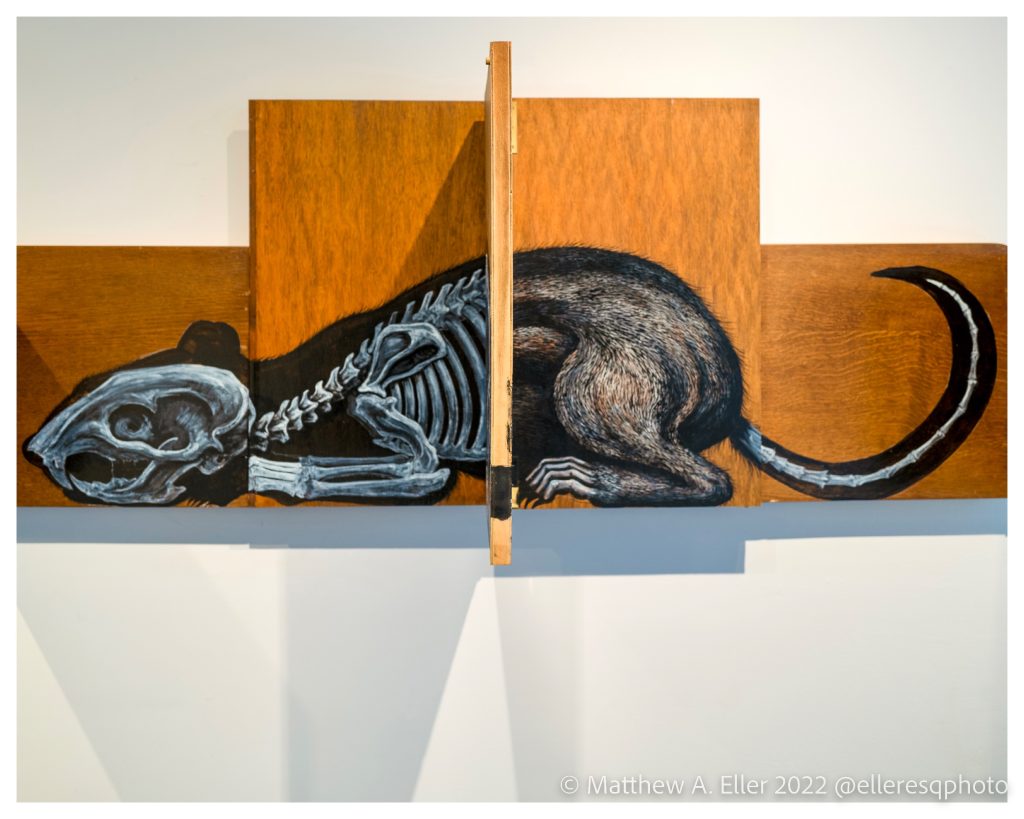
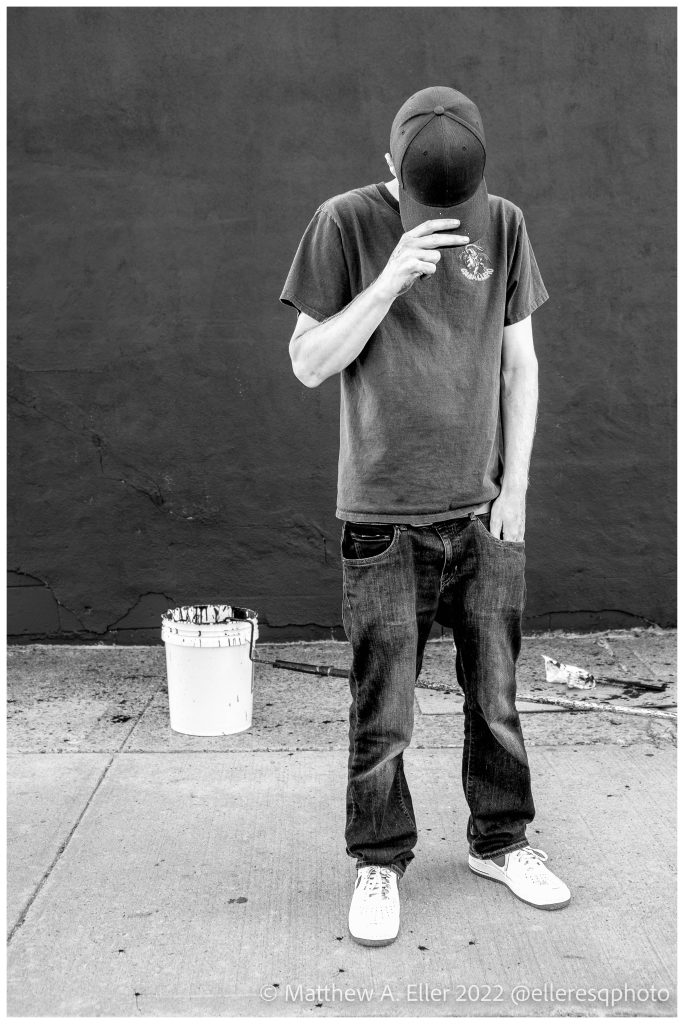
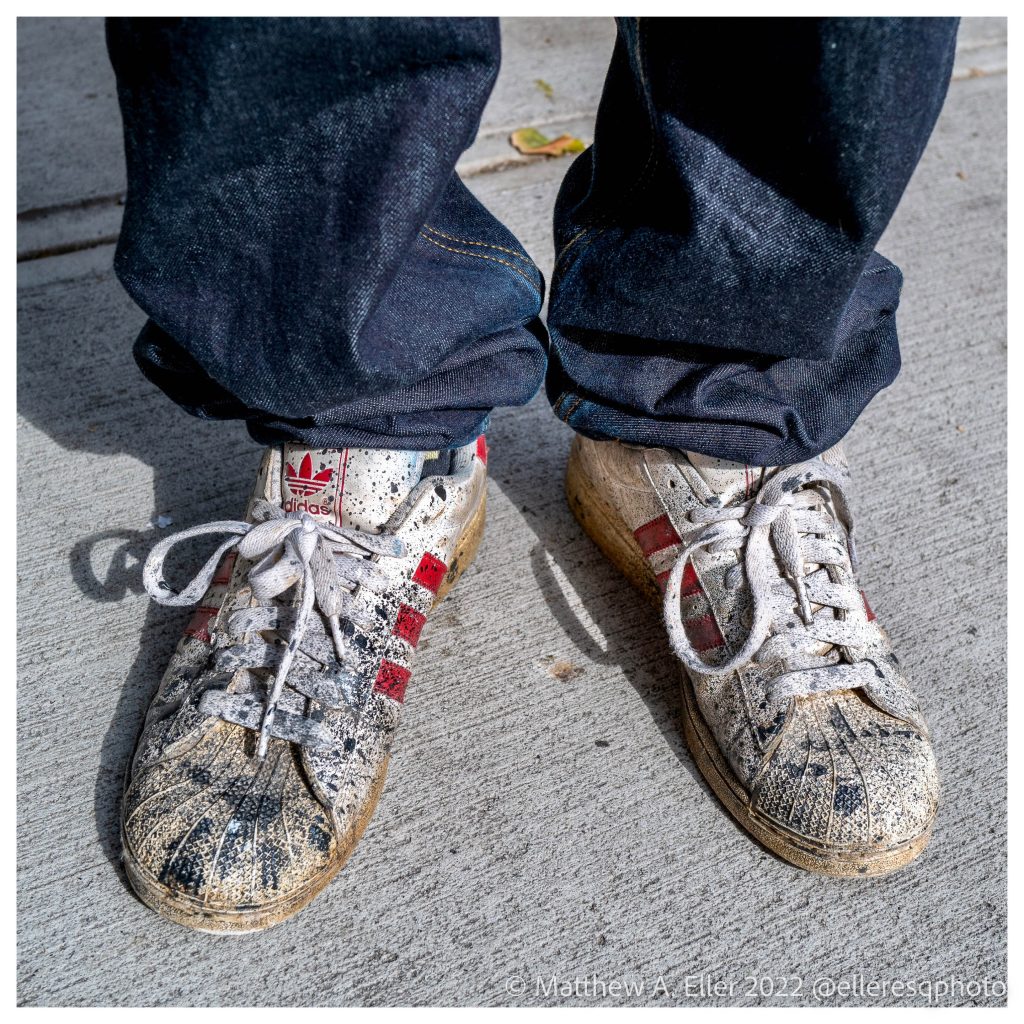

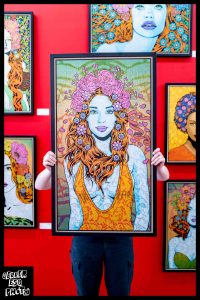
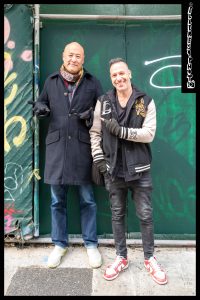
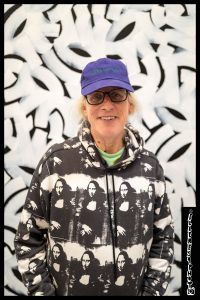
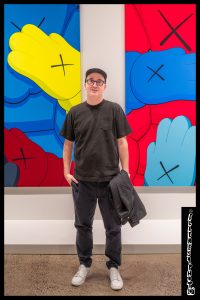
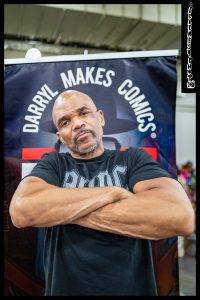
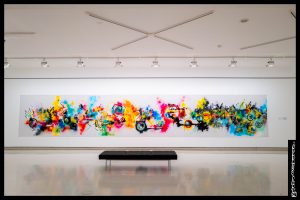
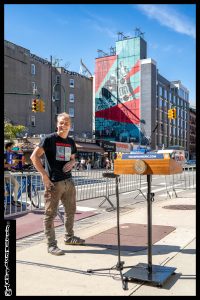
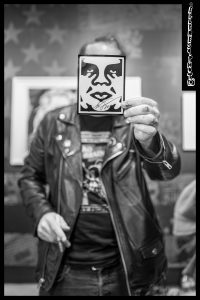
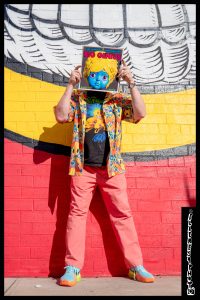
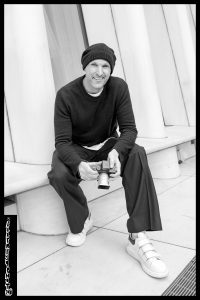
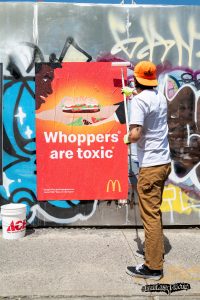
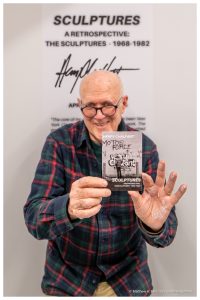
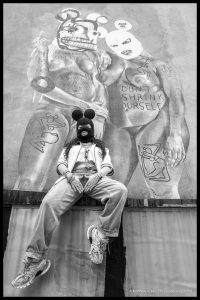
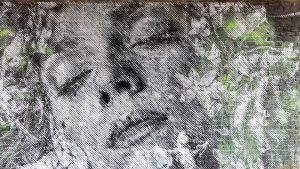
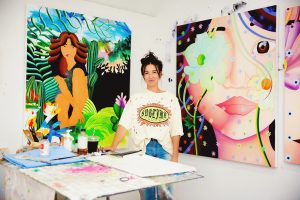
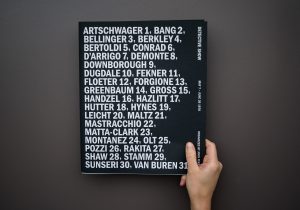
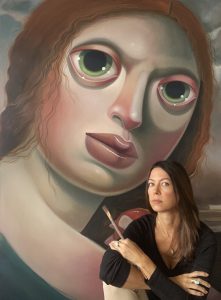
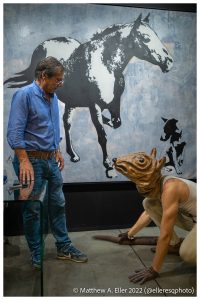
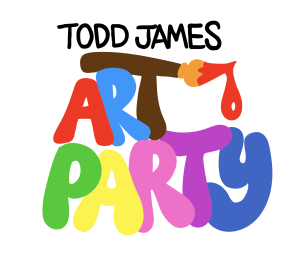
comment